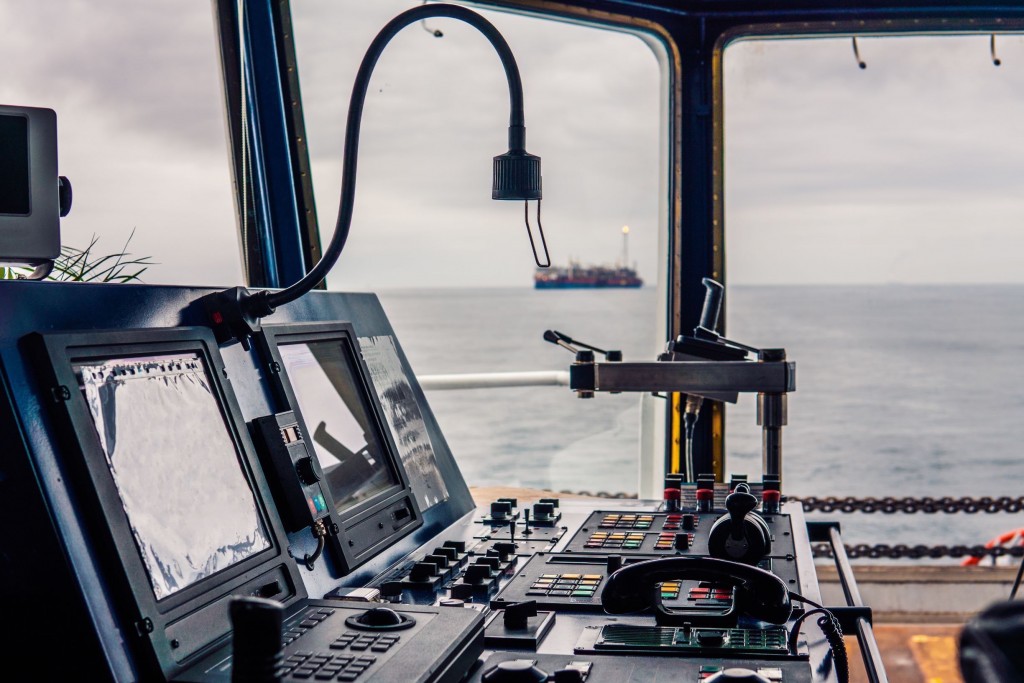(LONDON) — There have been several reports of incidents on dynamic positioning (DP) vessels where control was lost because the DP operator (DPO) failed to correctly switch control between operating stations. Investigations rarely find the cause to be a technical malfunction or an issue with the DP system set-up such as a network error. It is more often caused simply by the incorrect actions of the DPO.
The importance of redundancy
In some cases, these incidents have been a result of a momentary lapse in concentration, which can happen to anyone. But just like the DP system itself, bridge teams should have redundancy, which is why best practice – such as that found in the Oil Companies International Marine Forum DP Assurance Framework – is to have at least two DPOs on the bridge. With good communication and teamwork, potential mistakes can be spotted and avoided.

Experience is key
Clearly, all ship managers will check that their DPOs are qualified and that they possess the suitable DP qualifications. Yet experience with the specific equipment to be used on the vessel – and in performing similar tasks to those required on board – is equally crucial.
Ship managers should be aware that DPOs often demonstrate their experience by logging DP hours. However, there is a risk that these might be misleading, so references should be sought from their previous employment.
Getting familiar
All joining DPOs should undergo a structured and thorough familiarization course. This course should include reading and understanding: all relevant operating manuals for the DP equipment on board; reports of any DP incidents that have occurred; failure modes and effects analyses; DP trial reports; and all related checklists.
The International Marine Contractors Association (IMCA) publication M 109 outlines all DP-related documentation that should be considered. Some of this can be studied at any time, even before joining.
The familiarization should be vessel-specific and outlined in the vessel’s safety management system. Masters should ensure that it is carried out fully and that the DPO understands the vessel’s requirements.
Furthermore, the course must cover setting up in DP and, crucially, how to switch between control modes, which should be executed in full accordance with the manufacturer’s guidelines and not based on personal experience. Switching modes can be practised prior to operation and under the strict supervision of the master or their deputy.
Understanding location specifics
Since DP vessels can be engaged in a wide range of operations, DPOs should also familiarize themselves with activity-specific operating guidelines (ASOG). The ASOG will detail how operations should be carried out for that specific field or task, as well as the modes of control the vessel should operate in. This will show the DPO when they can and cannot switch control modes based on the risks involved.
It’s not all on the crew
Managers of DP vessels must ensure that the systems and procedures enable a thorough vessel-specific familiarization for all DPOs that come on board.
Thought must be given to the time they allow DPOs to gain familiarity not only with the vessel but also with the ASOG, which will have an impact on how the vessel operates in the field. They should ensure their procedures tie in with the ASOG and are not simply generic to DP operations. Familiarization becomes even more critical if deploying agency crew rather than direct employees.
Additionally, continuous professional development options should be considered to ensure DPOs do not lose their knowledge and are regularly reminded of best practice guidance and requirements.
Find out more
Ship managers are encouraged to follow IMCA M 117 – Guidelines for the Training and Experience of Key DP personnel. This contains guidance on crew familiarization and training to assist in preventing loss of control on board. A copy can be found here.
– John Southam, North P&I Club loss prevention executive

